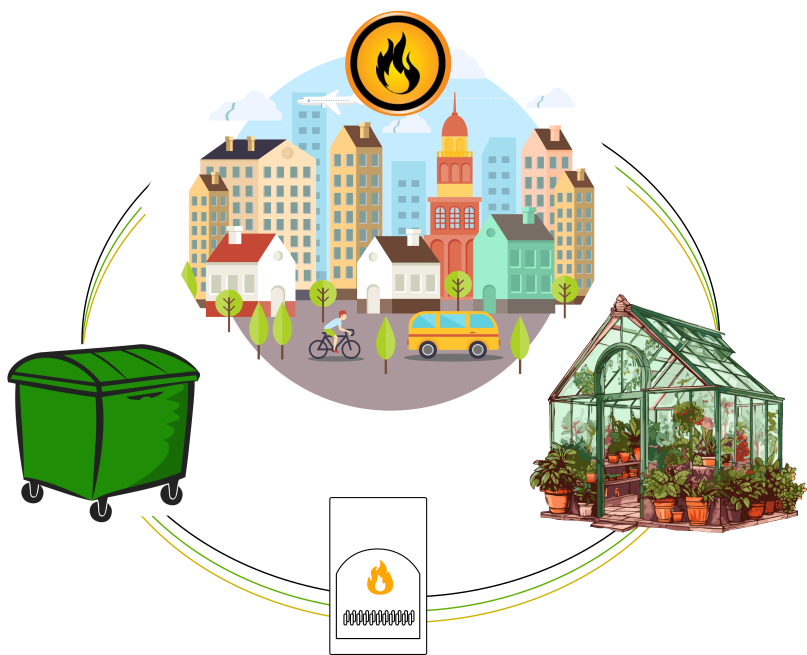Pellet central heating in Europe - how realistic is it?
Pellet central heating in Europe is a new word in the energy supply of countries with developed agriculture. However, modern EU directives provide for the use of granules with low ash content, for this reason a significant amount of agricultural raw materials for its production is excluded. A solution to this problem can be pellet boilers that burn all combustion products with low CO2 emissions into the atmosphere. This technology is used in FOCUS heating equipment.
The origins of pellet heating - is it an alternative to gas?
The fashion for pellet heating came from the territories of New Zealand, which has no natural gas reserves, and transporting LNG is expensive and not profitable. A significant share of the island nation's gross product comes from agriculture, which is why heating with pellets, a renewable plant-based fuel, has become the mainstay.
Typically, this technology is used by multi-apartment residential complexes and households for individual heating. Central heating in Europe is based on fossil fuels and gas. Pellet central heating is a rarity due to the high risks of running out of raw materials to make the pellets. At the same time, this type of building heating is ideal for the OFFGRID concept, autonomous heating with high efficiency and programmable control of coolant circuits. And it actually uses renewable energy resources, the demand for which in the EU is 20% of total consumption.
How scalable are pellet boiler houses?
Real experience in scaling pellet boiler houses reaches 10 MW. However, this is far from the limit. The limitation, of course, is the availability of granular fuel. But any granules are suitable for burning with a pellet burner; due to volumetric and very intense combustion, all combustion products that are used in pyrolysis boilers for long-term combustion are burned.

The efficiency of the FOCUS pellet boiler with a torch-type burner reaches 95%. Thus, for pellet boiler houses it is possible in the future to use pellets made from waste, but it is necessary to normalize emissions into the atmosphere.
For FOCUS pellet boilers, it is recommended to use pellets made from seasonal waste from the agro-industrial sector. This is hay, sunflower meal, seasonal agricultural waste of sunflower and other crops not used for animal feeding. The permissible ash content of pellets is 10%, which is almost 10 times higher than the ash content of pellets allowed on the European market, which in fact can only be produced from tyrsa, that is, woodworking waste. So we should not yet expect widespread use of pellet technology and the deployment of pellet central heating in Europe.
Which exit?

The possibility of burning waste with standardized emissions into the atmosphere is an excellent idea, especially suitable for megacities, where waste storage is a significant problem for civilization. Pellets could become one of the ways to process and reuse products, bypassing the waste storage cycle. In this case, pellet technology can form the basis for pellet central heating in Europe. The scaling of pellet boiler houses reaches 2000 MW; when using pellets from waste, the need for both heat and energy is fully compensated. All that remains is to normalize emissions into the atmosphere from pellet boiler houses operating on “garbage pellets”.






